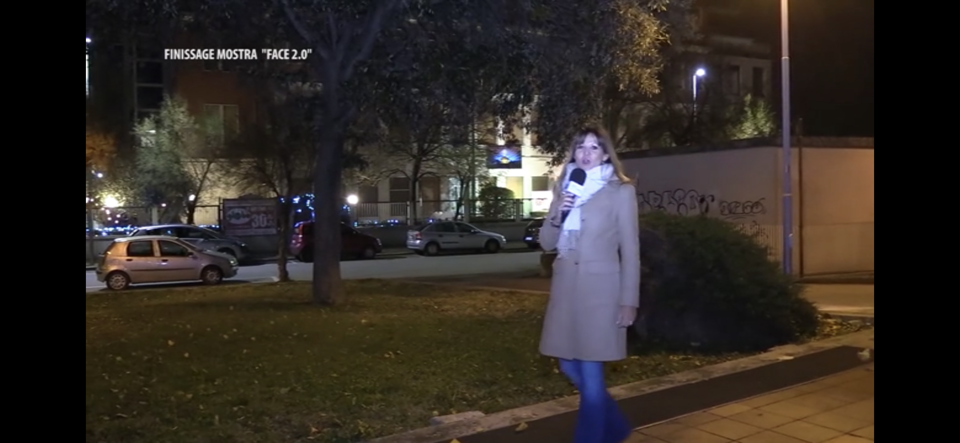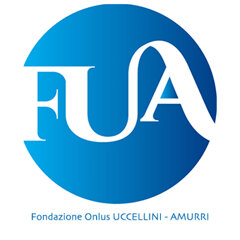STAY VIVID ⚡️
INTERNATIONAL ART NETWORKING
AIRR © Lorenzo Di Loreto Uccellini 2018
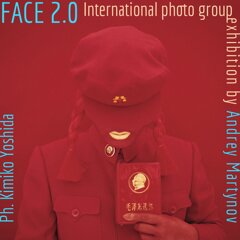
24 Novembre - 16 Dicembre - Sala Ostro, Sala Levante, Saletta Ponente e Saletta Maestrale
The Face 2.0
~ Opening Sabato 24 Novembre ore 17.30 ~ Mostra collettiva internazionale di fotografia a cura di Andrey Martynov.
Orari mostra:
mer/gio/ven/sab/15.30/19.00
Domenica su appuntamento: T. 346 087 3030 (Lorenzo)
A cura di Mr. Andrey Martynov, The Face: The Evolution of Portrait Photography esplora le nuove e attuali tendenze nella fotografia di ritratti di artisti che lavorano in diversi Paesi. Di portata internazionale, la mostra dimostra la varietà di approcci dagli esperimenti con la fotografia analogica tradizionale e altri applicando nuove tecnologie.
La prima versione di questo progetto The Face I è stata collezionata dal 2008 e comprendeva opere di oltre 40 artisti provenienti da tutto il mondo, tra cui Laurence Gartel dagli Stati Uniti, Norio Kobayashi dal Giappone, Atta Kim dalla Corea del Sud; Roger Ballen dal Sud Africa, ecc. Questa collezione è stata esposta nelle città russe di Mosca, San Pietroburgo, Novosibirsk, Ekaterinburg, Omsk, Samara ecc. Così come a Parigi, in Francia, a Tokyo, in Giappone; Nacogdoches, Texas, USA (Galleria universitaria); Brema, in Germania, è stata vista da oltre 30.000 visitatori.
Una nuova versione - The Face 2.0 iniziata di recente, include opere di un nuovo gruppo di artisti di nuova generazione provenienti da Russia, Giappone, Taiwan e altri paesi.
La collezione suggerita per BID a Pesaro è una selezione di opere della prima e seconda versione di The Face.
L'elenco degli artisti comprende sia nomi molto famosi come Laurence Gartel, USA (pioniere dell'arte digitale); Kimiko Yoshida, Francia; Andrey Chegin, Russia; Pierre Dalpe, Canada; Katsuhito Nakazato, Giappone; Viktor Koen, Grecia e artisti emergenti come Peng-hui Hou & Wand Chienyang di Taiwan, Jan Stradtmann dalla Germania, ecc.
Il Sig. Martynov vive e lavora in Russia, dove è stato curatore nel campo dell'arte da oltre 20 anni. Egli ritiene che la fotografia abbia svolto un ruolo essenziale nel suo lavoro con l'arte moderna e contemporanea.
Nel 2006 ha organizzato il Festival internazionale di fotografia contemporanea dal titolo Different Dimension. Dopo 10 anni di lavoro come direttore generale della Moscow Biennial, Inc. è ora curatore indipendente di progetti internazionali
Curated by Mr. Andrey Martynov, The Face: The Evolution of Portrait Photography explores new and current trends in portrait photography from artists working in several countries. International in scope, the exhibition demonstrates the variety of approaches from experiments with traditional analogue photography and others applying new technologies.
The first version of this project The Face:I was collected since 2008 & included works over 40 artists from all over the World including Laurence Gartel from the USA, Norio Kobayashi from Japan, Atta Kim from South Korea; Roger Ballen from South Africa, etc. This collection has been shown in the Russian cities of Moscow, St. Petersburg, Novosibirsk, Ekaterinburg, Omsk, Samara etc. as well as Paris, France;Tokyo, Japan; Nacogdoches, Texas, USA (University Gallery); Bremen, Germany and has been seen by over 30,000 visitors.
A new version - The Face:II initiated recently includes works by new group of younger generation artists from Russia, Japan, Taiwan and other countries.
Collection suggested for BID in Pesaro is a mixture of works from the First and Second versions of The Face.
The list of artists includes both very famous artists like Laurence Gartel, USA (pioneer of Digital art); Kimiko Yoshida, France; Andrey Chegin, Russia; Pierre Dalpe, Canada; Katsuhito Nakazato, Japan; Viktor Koen, Greece and also emerging artists like Peng-hui Hou & Wand Chienyang from Taiwan, Jan Stradtmann from Germany etc.
Mr. Martynov lives and works in Russia where he has been curating in the field of art for over 20 years. He considers photography to have played an essential role in his work with modern and contemporary art.
In 2006, he organized the International Festival of Contemporary Photography entitled, Different Dimension. After 10 year working as a Director General of Moscow Biennial, Inc. he is now an independent curator of International projects
Lista artisti e alcune loro opere tra quelle esposte:
Laurence Gartel, USA
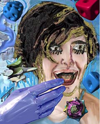
Cozins Series, 1999-2000 (4 works)
Laurence Gartel graduated from the School of Visual Arts, New York, in 1977, and has pursued a graphic style of digital art since that time. His experiments with computers, starting in 1975, involved the use of some of the earliest special effects synthesizers, and early video paint programmes. While most of the Pioneers at Digital Art Museum started with programming, Gartel entered the field at a point in time where it had become possible to manipulate real-world images on a computer. His oeuvre therefore represents both some of the earliest artistic experiments with this technology, and a continuum with the present day where the technology is now ubiquitous. Gartel's work, with its origins in video systems, has a strong relationship with video art, and he happens to have worked with one of the video art pioneers: Nam June Paik.
Cuzins Series was created in 1999-2000. Originally created by Coney Island Baby I tried to create a "sister" piece. It was not to be. Coney Island Baby stands by herself. Perhaps my greatest triumph. So therefore I made "cuzins." "Clown Cuzin" was the first. It is a good counterpoint to "Coney Island Baby" but certainly not the same. Has its own feeling. Each "Cuzin" has an electric hand to go with the portrait. It is a blend of both the "Cyber" world and the "Real" world. Blended with various techniques people do not know what is paint and what is computer. Thus one considers the work "mixed media." I am not so much concerned with the genre but more about the message. Combining both worlds. Hence we have a collection of works all related to each other.
Laurence GARTEL Florida, USA December 4, 2010
Viktor Koen, Greece, USA.

Damsels in Armor (2002-2003)
Traditional war memorials have adhered to a strict code of remembrance: commemorate the dead by distancing death; achieve public consensus through the application of a conservative aesthetic. If truth is the casualty in these classic depictions, a greater good remains permanently enshrined: consolation for the bereaved and the elevation of the fallen to cult status. Society needs to rally youth that must fight future wars and these monumental odes to martyrdom provide the necessary inspiration.
Damsels in Armor is a civics lesson of another order: 24 unsanctioned monuments testifying to war’s truly brutal cost. Rising above the detritus of battle, these damsels bear witness to the inevitable price of engagement; no suit of armor can shield them from the acid scars of battle, now permanently etched on their once beautiful faces. Triumph’s glory has proved to be transient. Corrosion defaces, distorts, reveals. This gallery of figures forces us to acknowledge a reality understandably edited for commissioned monuments: every victory is Pyrrhic.
A fusion of sculptural elements, weapons and armor, these "victory" compositions have historical roots in works like Nike of Samothrace and DeLacroix’s celebrated painting “Liberty leading the people”. Elements and details were juxtaposed digitally for a seamless, almost painterly finish, traditional in its look, if unorthodox in content. The damsels faces were selected from ‘40’s and ‘50’s commercial photography, another era when truth was glamorized for mass consumption. Original photography of armaments was done on site at the Arms and Armor Collection of the Metropolitan Museum of Art, the New York City Police Museum, and the War Museum of Greece.
Viktor Koen, February 2002
Kimiko Yoshida, France / Japan

Kimiko Yoshida, Retrospective 2000-2010, DVD
Still early in her career, Yoshida has carved a niche for herself in the self-portraiture genre. Marrying aesthetics from East and West - Zen minimalism and baroque profusion - Yoshida’s art lies between the figurative and the abstract, with a metaphysical edge. It aspires to poetry. It awakens the spirit, courts transformation, opens to epiphany. Her stance as an artist is both humanist and feminist, yet conceptually apart from the reigning visual culture that associates women with anomie, detachment, emotional confusion, or duress. She celebrates the timeless beauty, powerful presence, and lineage of women in the grand scheme of Being, not in relation to ego.
With Intangible Brides, Yoshida established her signature style, marrying the subtraction and minimalism of Japanese art and Zen with the seductive profusion of baroque art. Using a Hasselblad 6×6 and shooting film (and recently, shooting digitally on occasion), she works in a square format, the symbol of stability in Zen. Backgrounds are monochromatic, matching colors in the costuming, makeup, and objects in the image.
The other aspect to Yoshida’s whereabouts relates to the hundreds of photographs she has created over the past ten years. In these, as in works by Cindy Sherman and a number of others known for self-portraiture, the photographer disappears beneath elaborate costuming, body paint, and artifacts, transforming herself into a range of women. From The Phoenix Bride, China to The Blue Kenya Bride to The Beijing Opera Bride, Yoshida’s vivid ensemble blends countless cultures, rituals, and mythologies to summon timeless female beauty - goddess to warrior to pop culture icon.
Like a mannequin, Yoshida provides the form of the bride who emerges. Sometimes it is only the smallest visible facial feature or nuance that gives the bride life. In Tamates Bride, Vanuatu, the mouth with geisha-red lip paint establishes the human, which is otherwise nearly obscured by the insect-like headdress. And some Brides might even appear to be male, such as Torero (Remembering Picasso) and The Bride King of Vicus.
As subject matter for the fifteen self-portraits in Paintings, Yoshida turned to the masters Rembrandt, Picasso, Gauguin, Delacroix and others. While maintaining the formal solemnity of all her self-portraits, she introduces a playful twist in costuming, abandoning authenticity in favor of a technique known as bricolage. Bricolage in general refers to using materials at hand or importing objects from one culture to another and changing their meaning. The layers of meaning are amplified by the substitution of an unexpected object for the one that would ordinarily appear.
Maryann Lynch
Andrey Chegin, Russia

“Harmsiada”
TWO Series were created by Andrey for Daniil Yuvachev / Harms (1905-1942) – Russian poet and writer
Alexandra Mitlyanskaya, Russia

“Present”
Reconsideration and revaluation of the intricate and diverse world, and variability of it's readings, make it possible for me to interpret Herod Antipas's "present " to Salome like this.
Pierre Dalpe, Canada

Wang Chienyang, Taiwan

Davide Filippini, Italy/Japan

Lorenzo Di Loreto Uccellini, Italy

Peng-hui Hou, Taiwan

Frank Dituri, USA
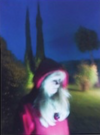
Chen Cheng Wei, Taiwan

Massimiliano Balò, Italy/UK

Yasuhiro Ogawa, Japan

Rossano Ronci, Italy

Valery & Natasha Cherkashin, Russia

WOO, South Korea
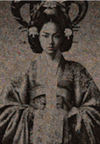
Tero Puha, Finland

Carlos Escolastico, Spain

Serena Andrieni, UK

Almond CHU, Hong Kong / China

CHUNG Tae-sub , South Korea

Jeongmee Yoon, South Korea
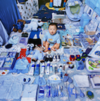
Katsuhito NAKAZATO, Japan

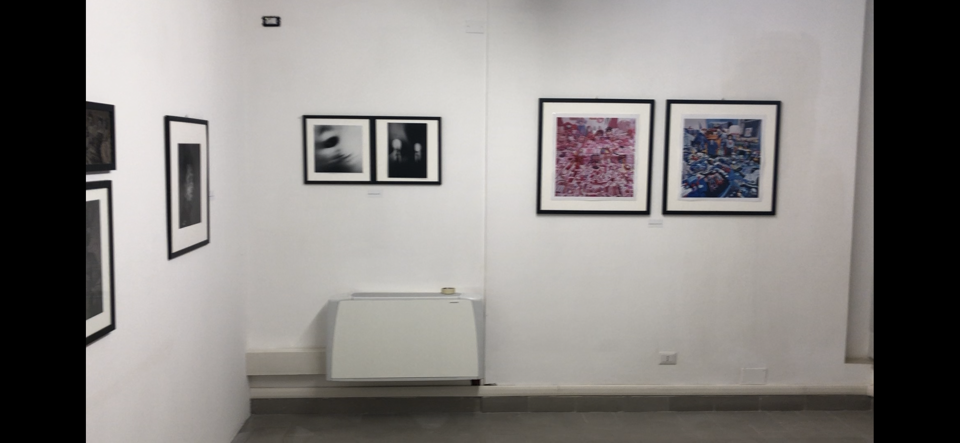
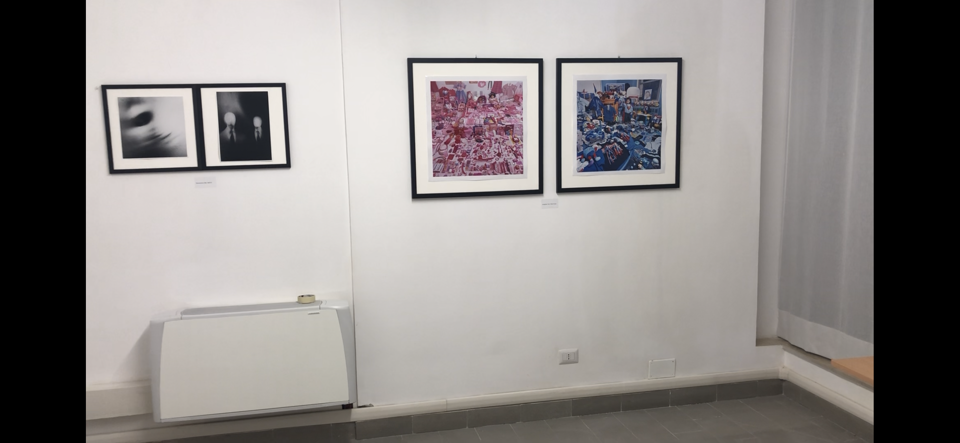
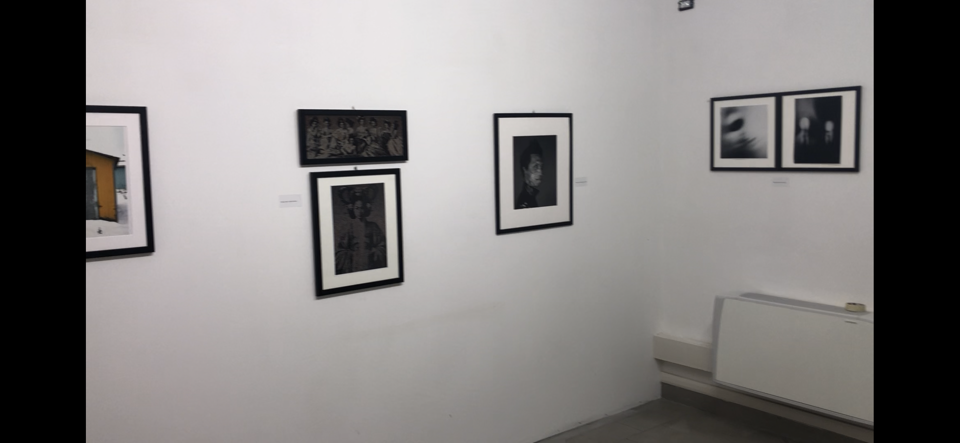
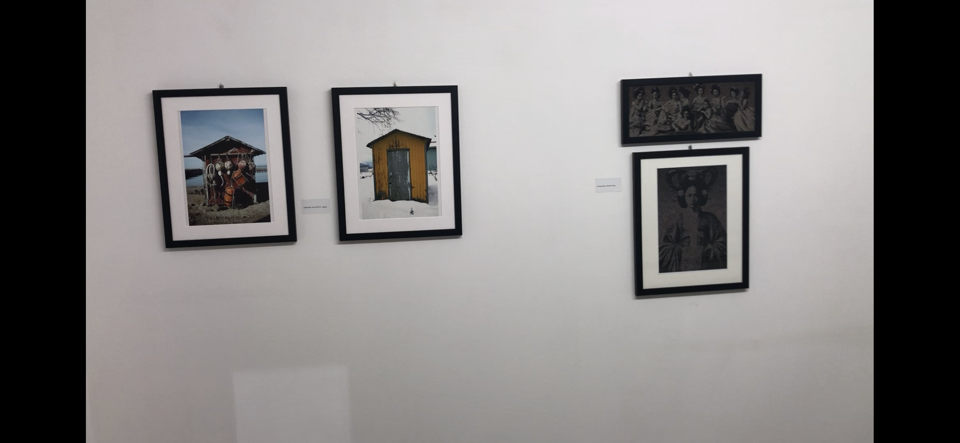
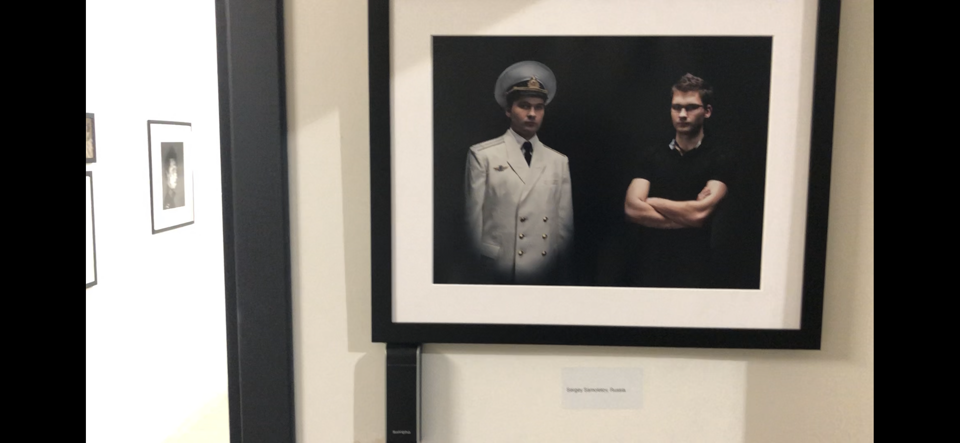

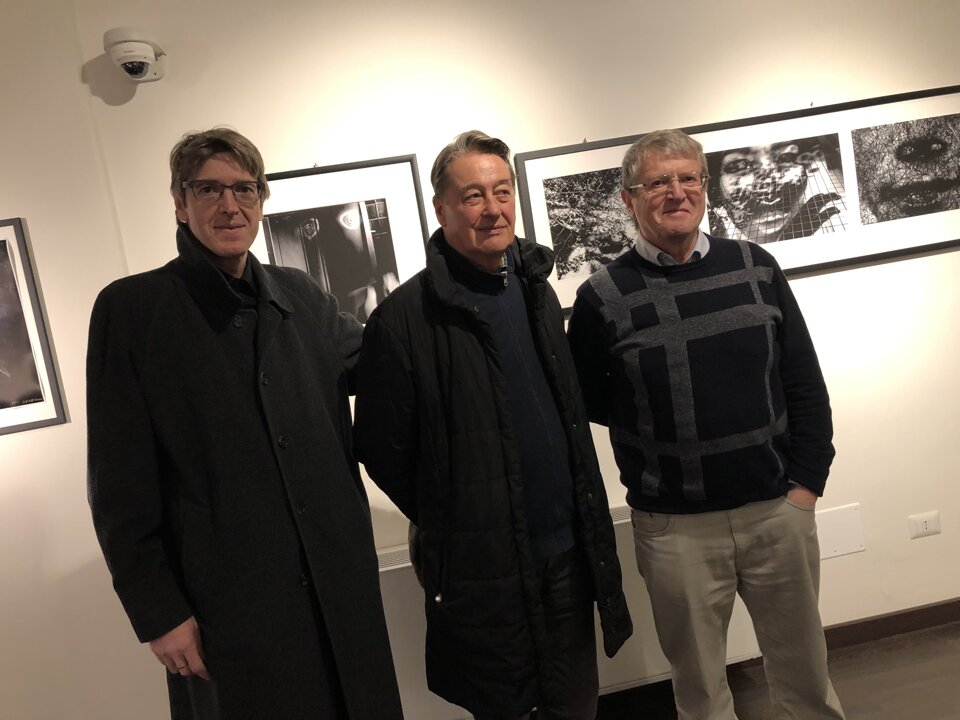
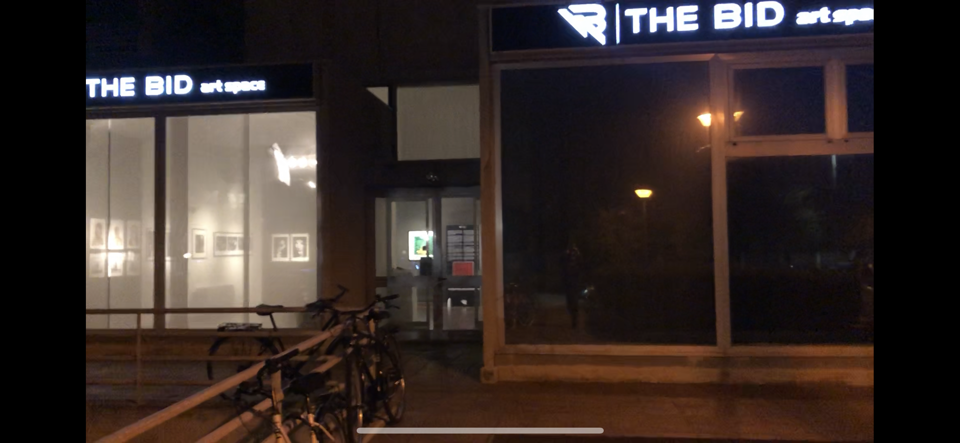

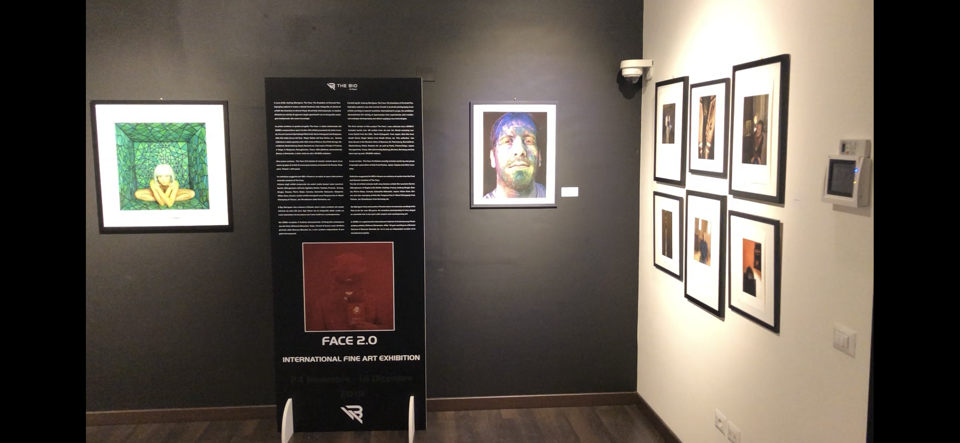


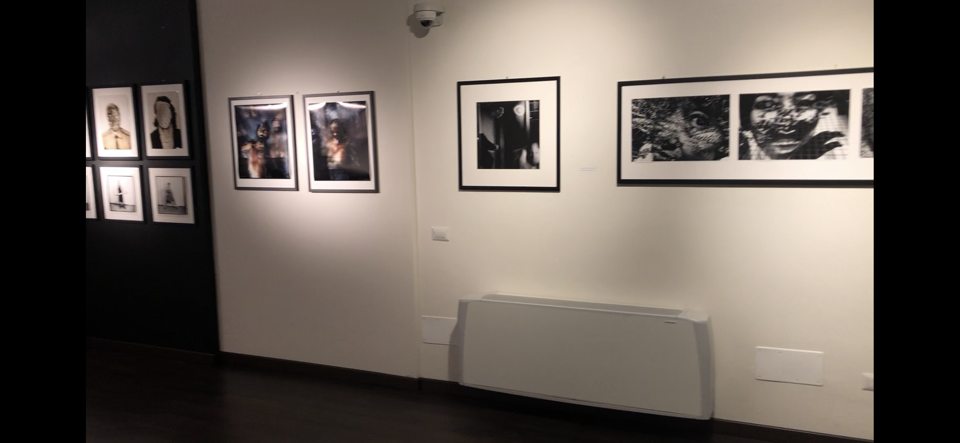

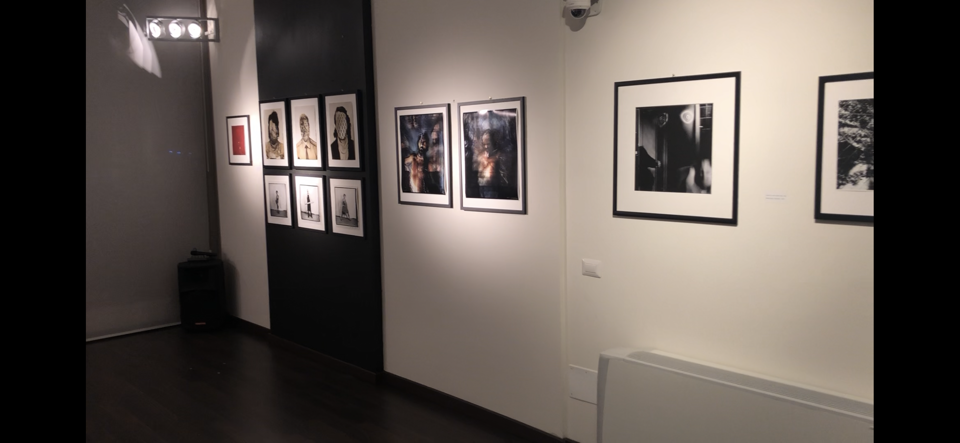
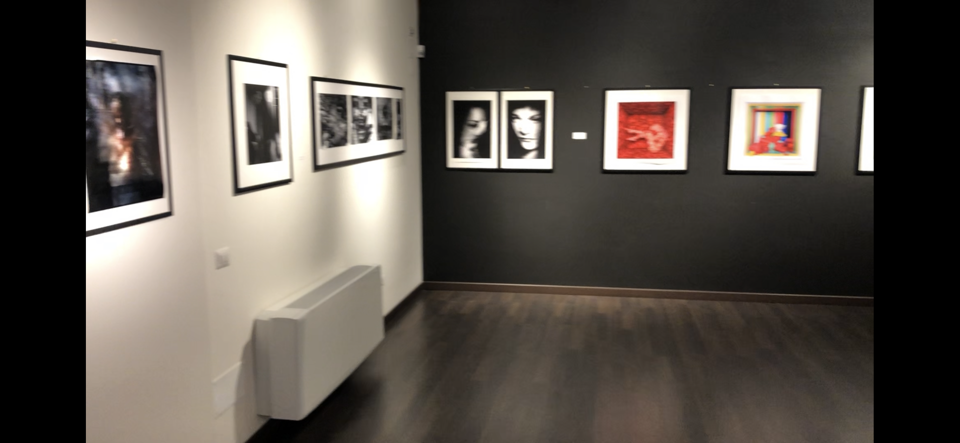

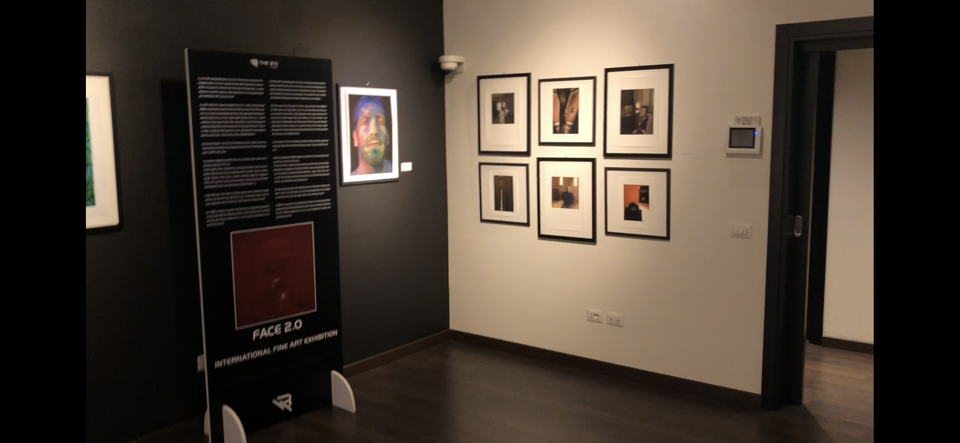
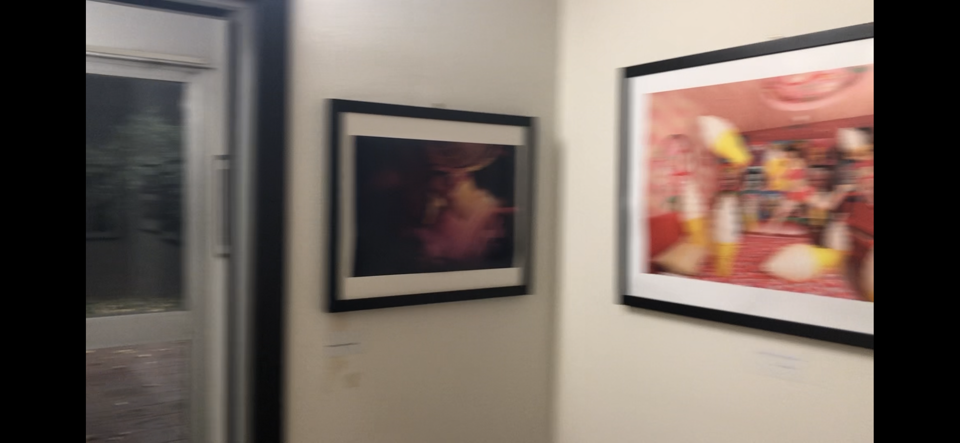
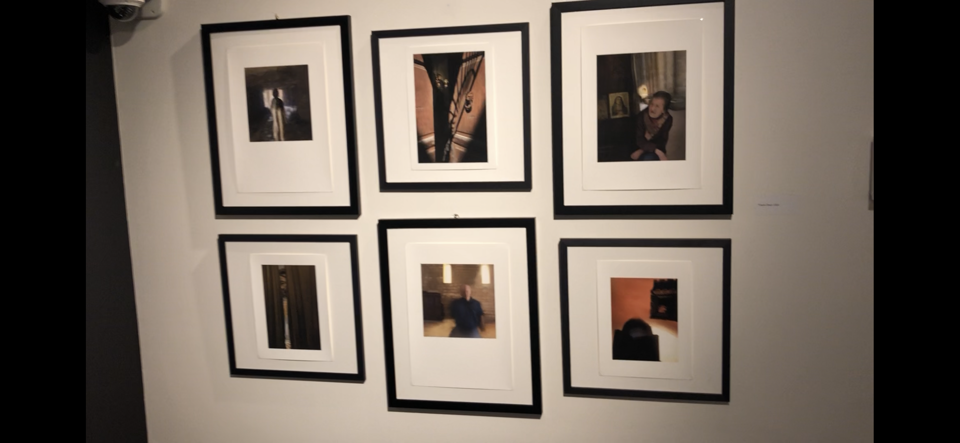
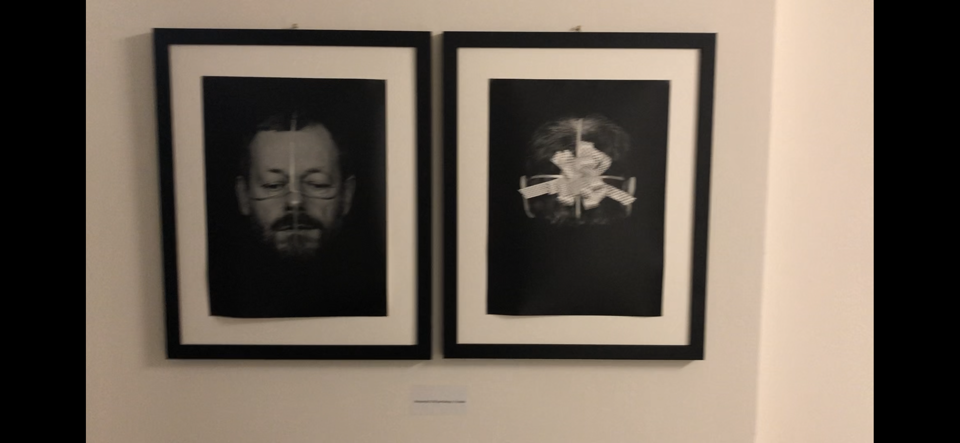
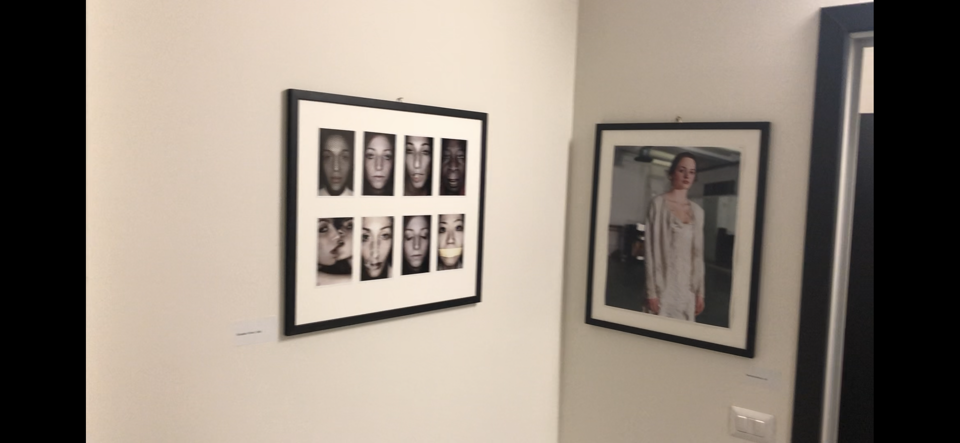
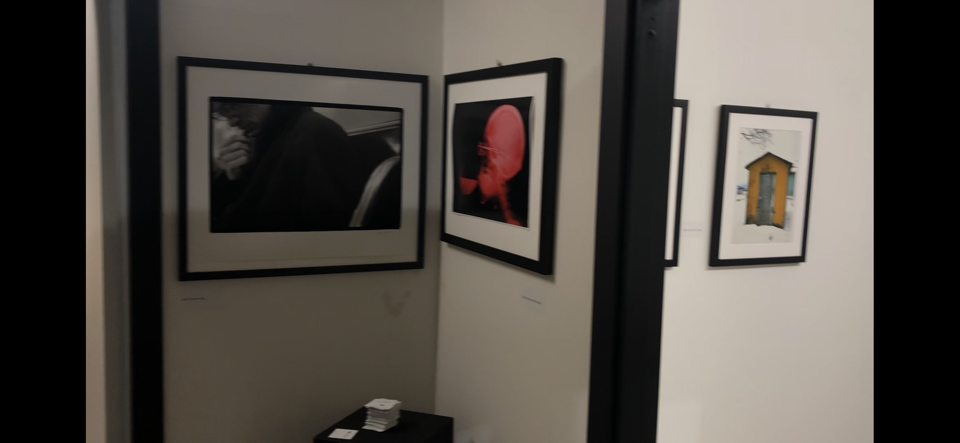
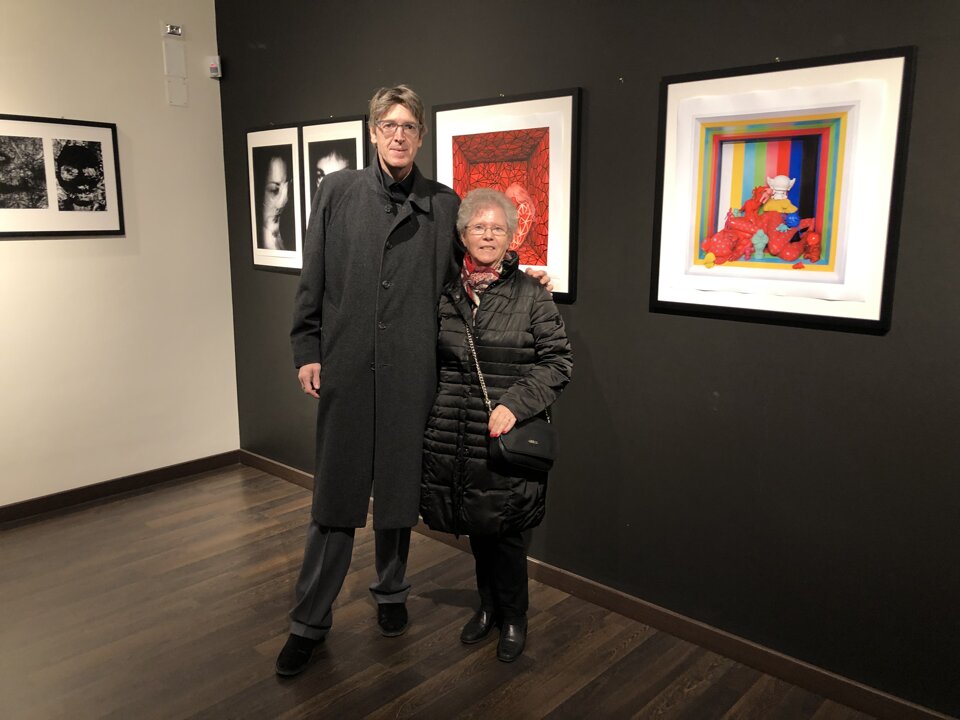
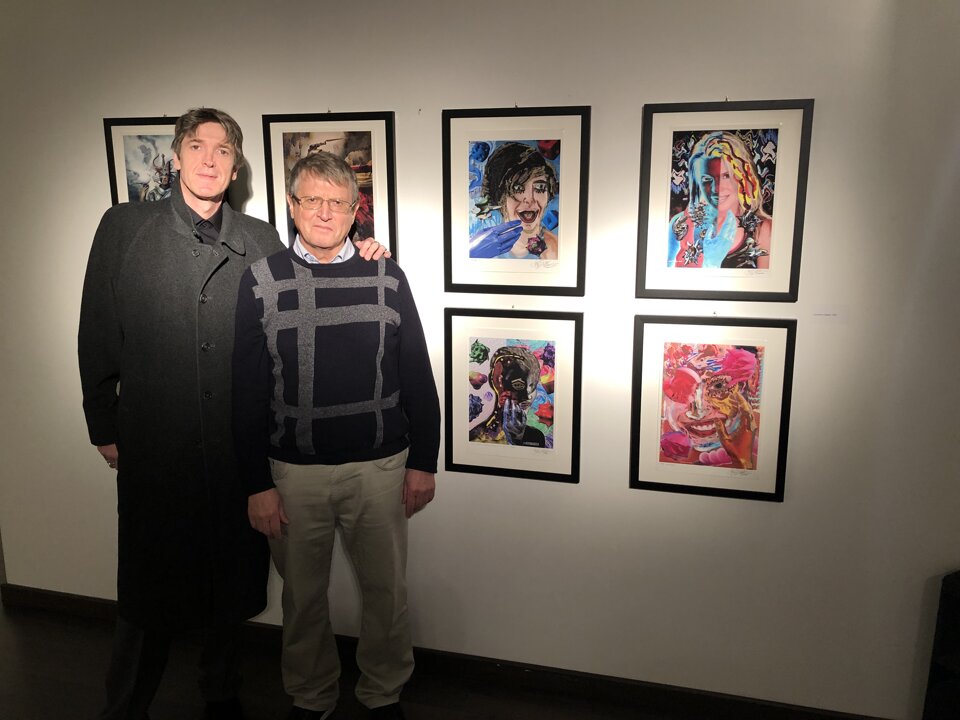

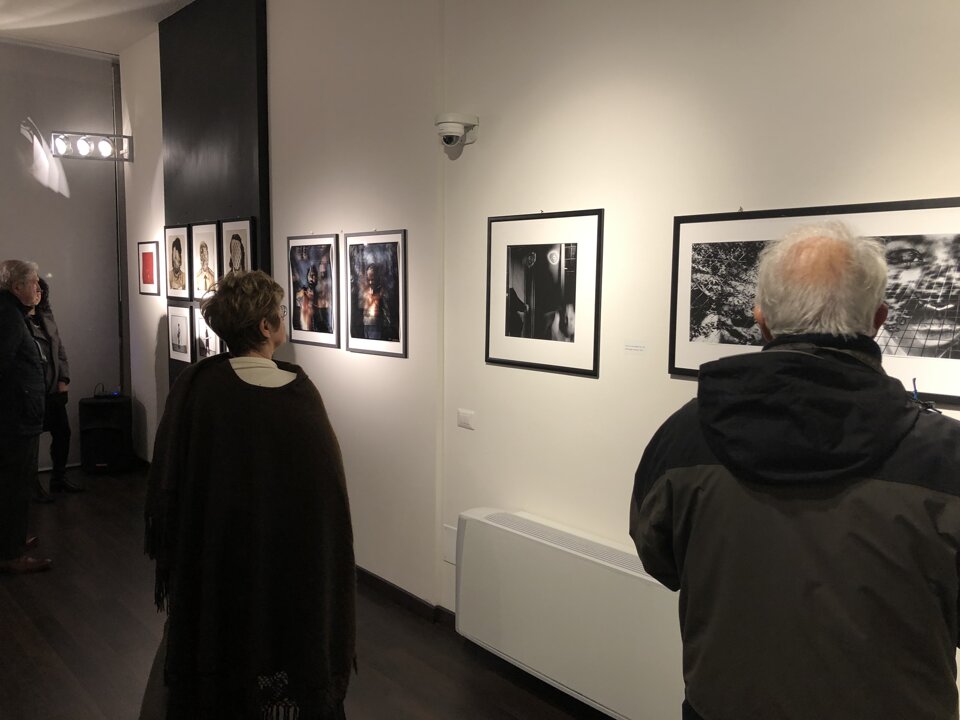

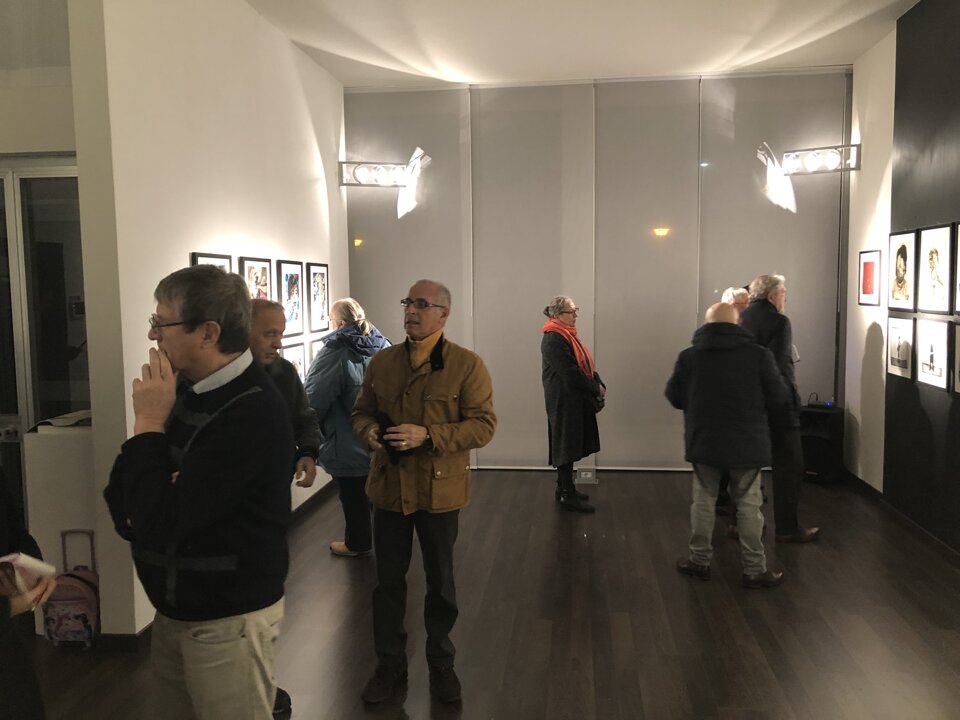
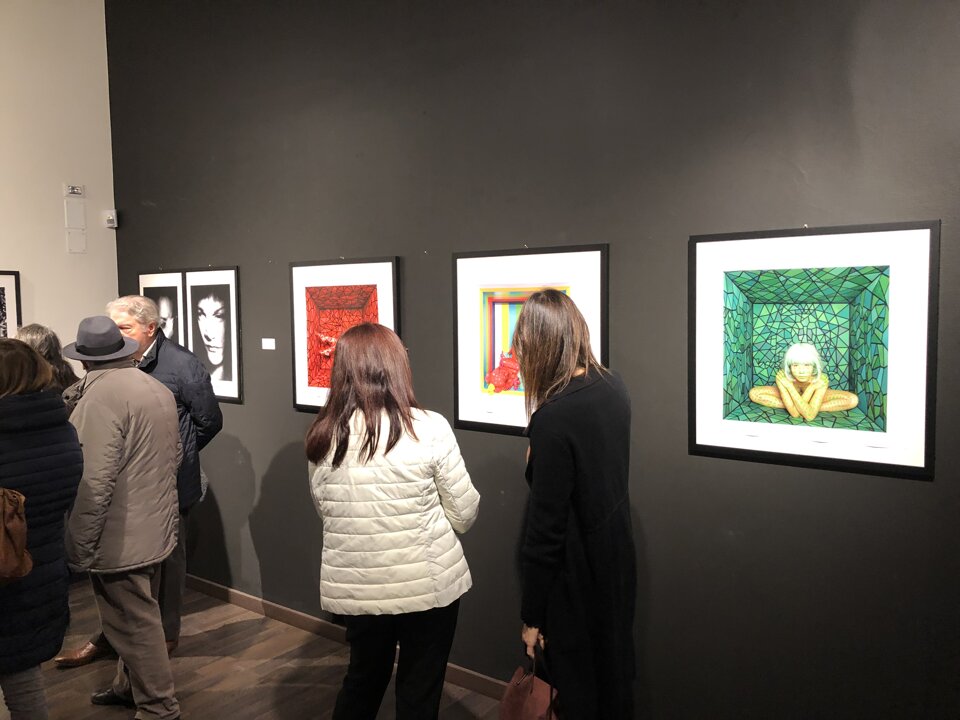

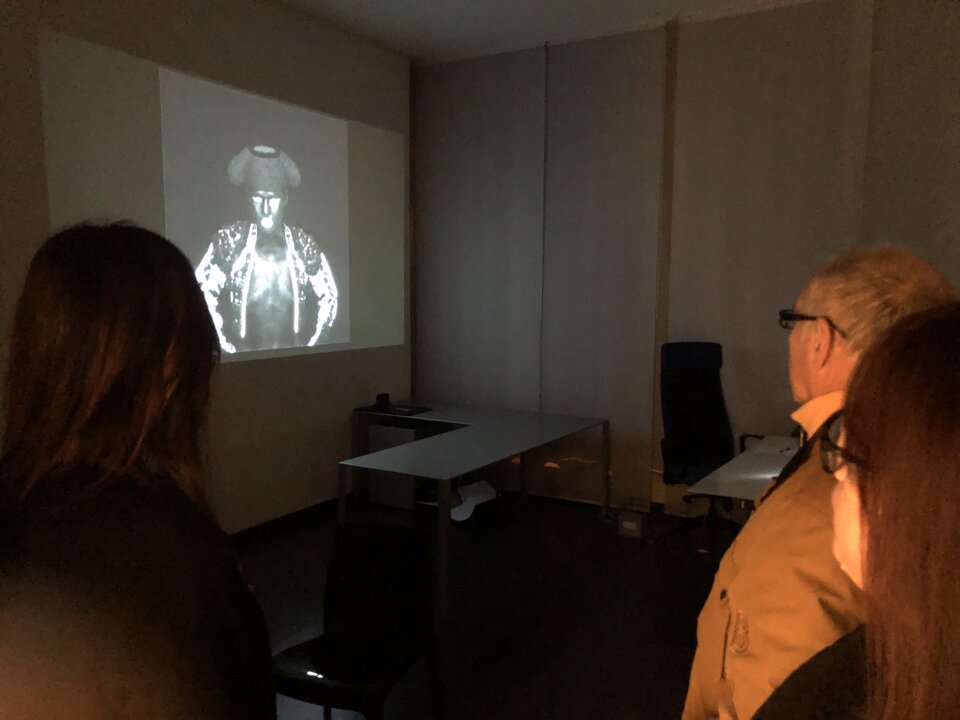
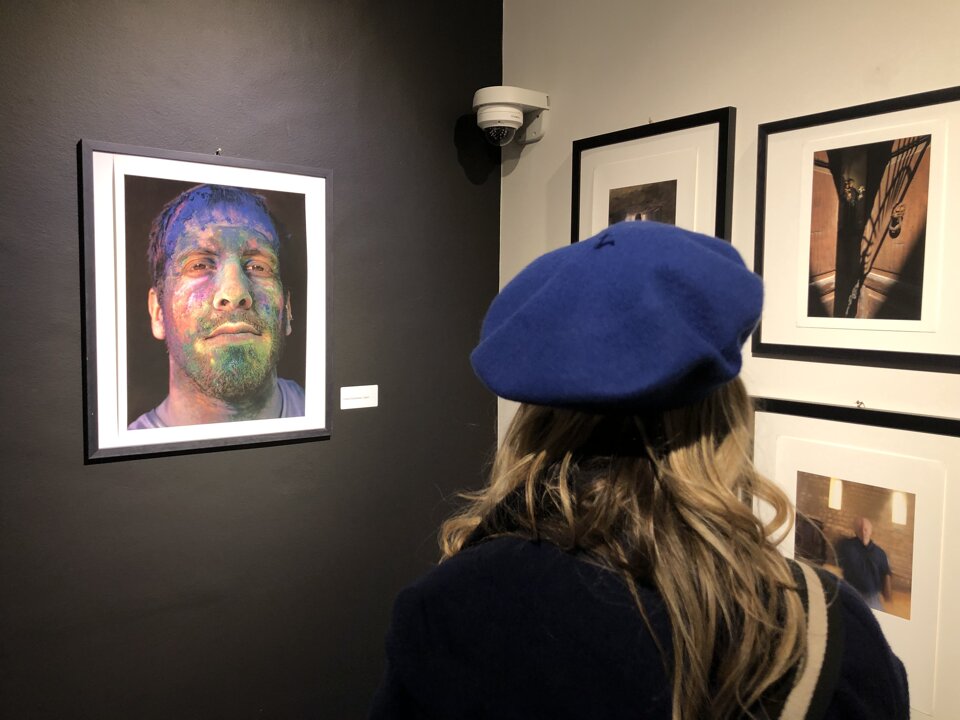
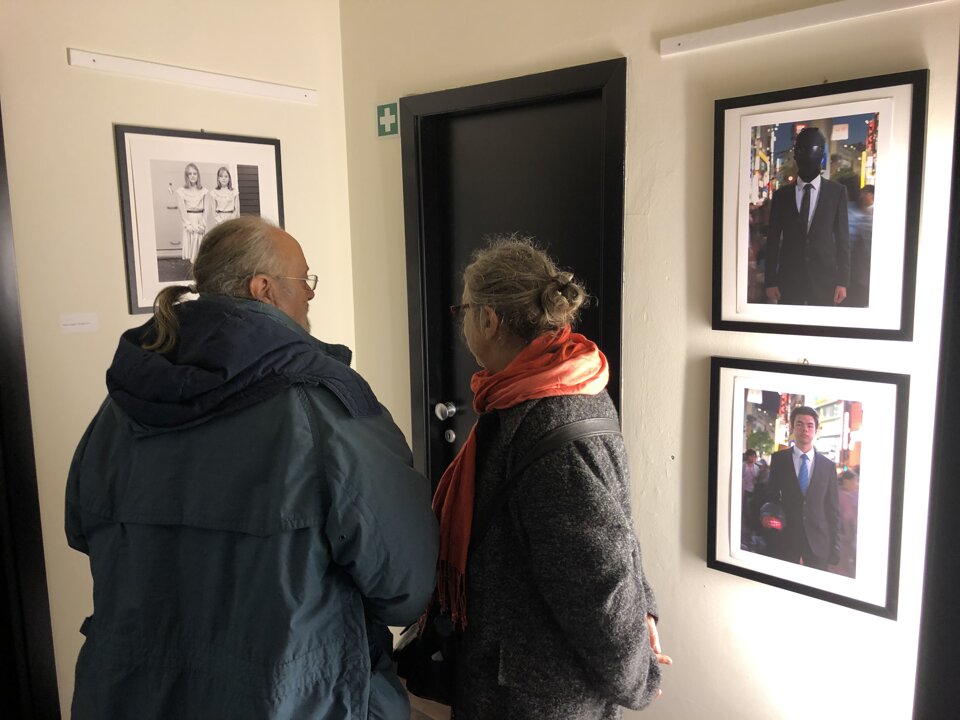
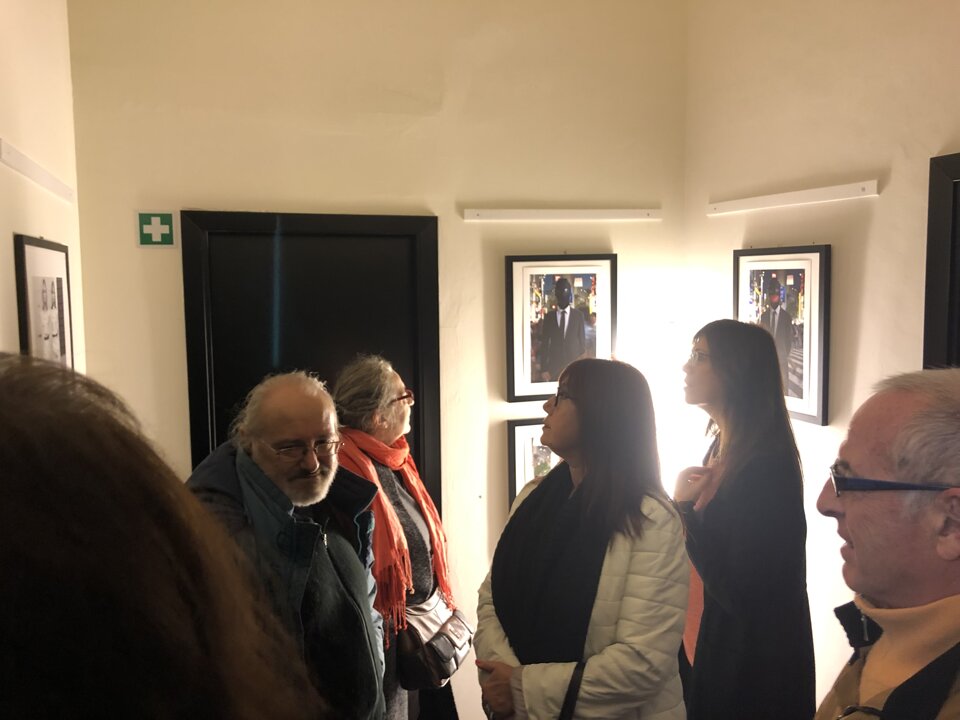
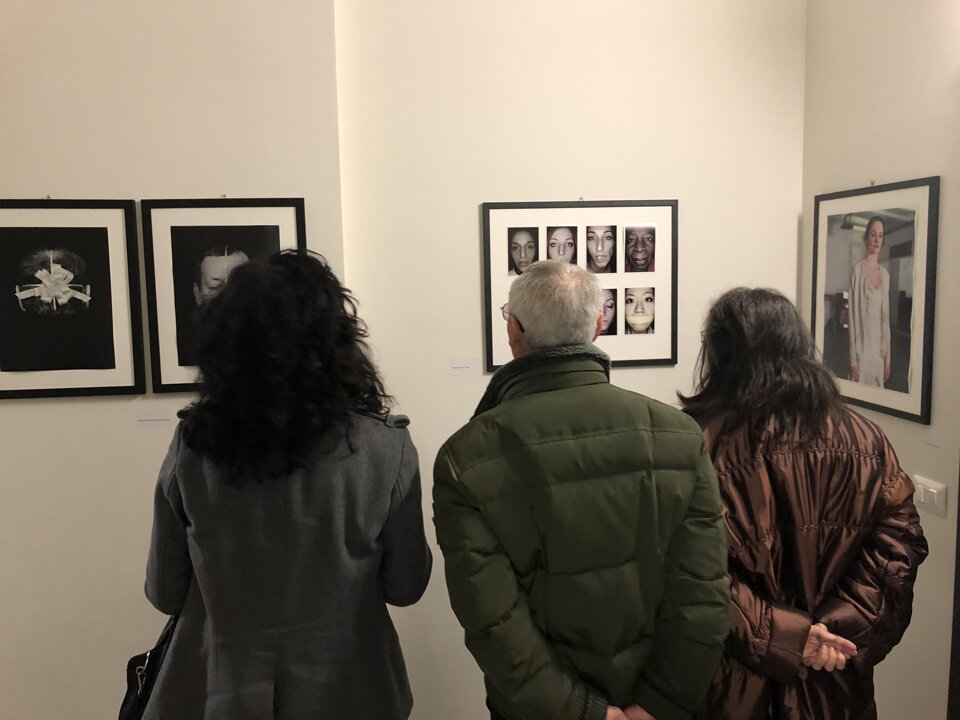
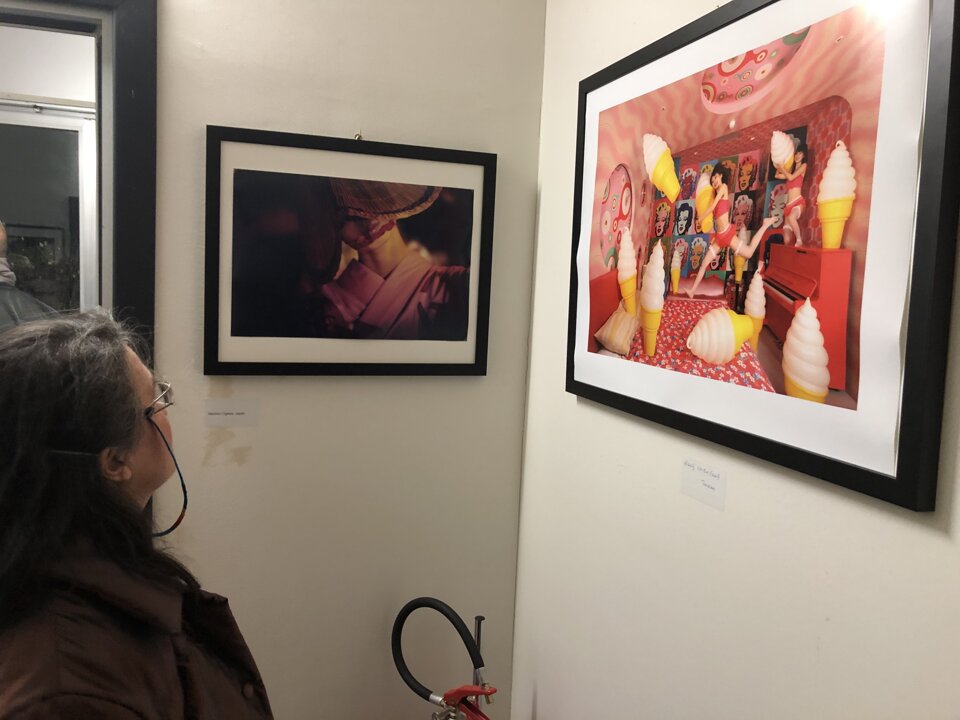

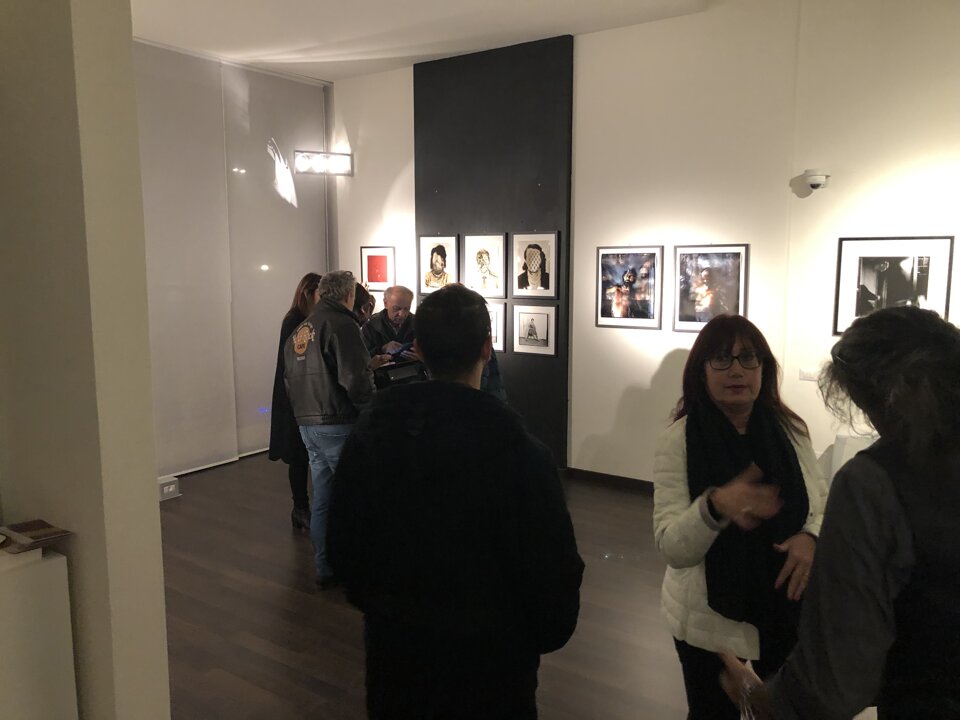

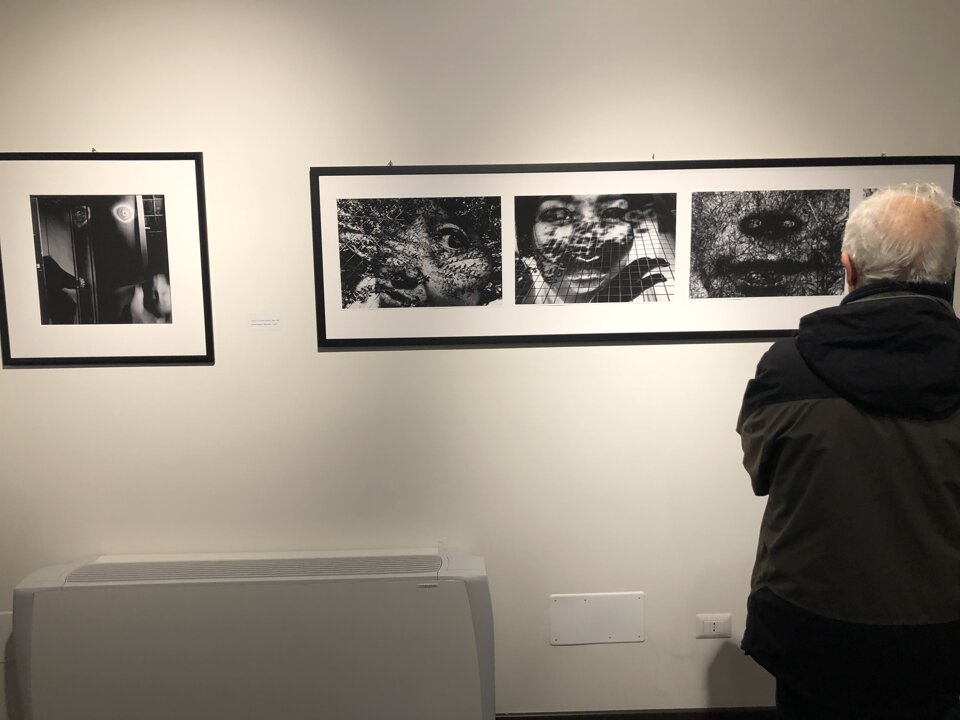
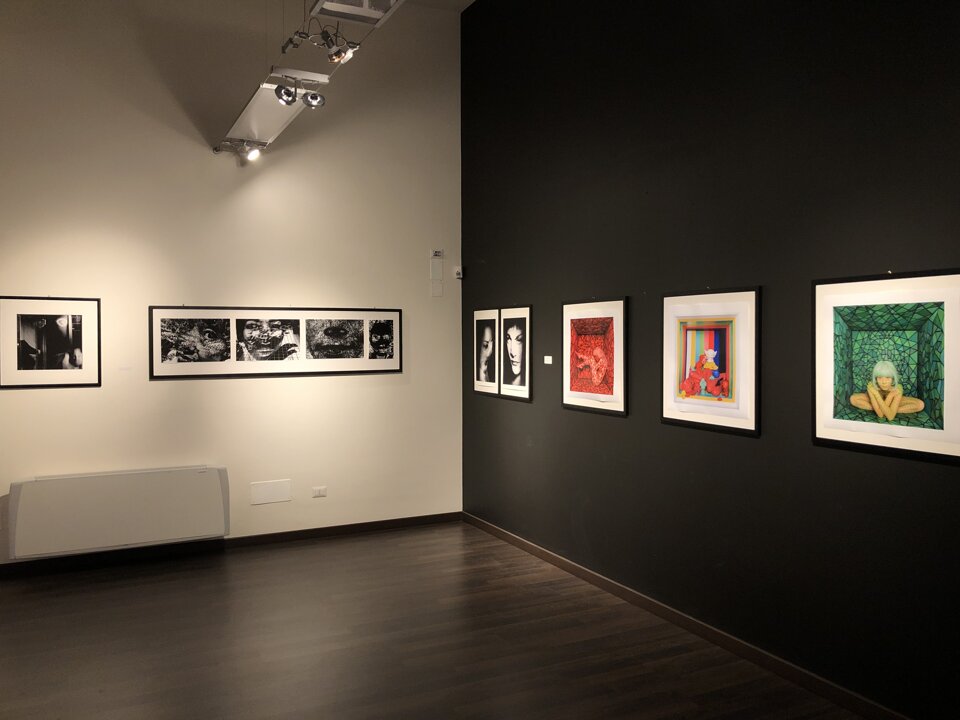



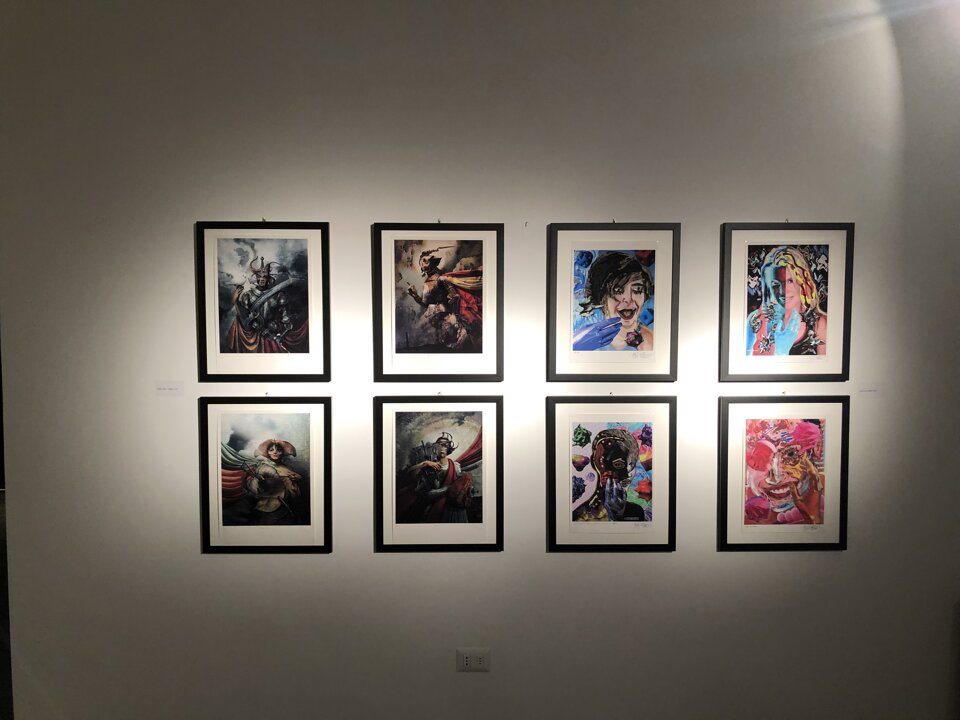
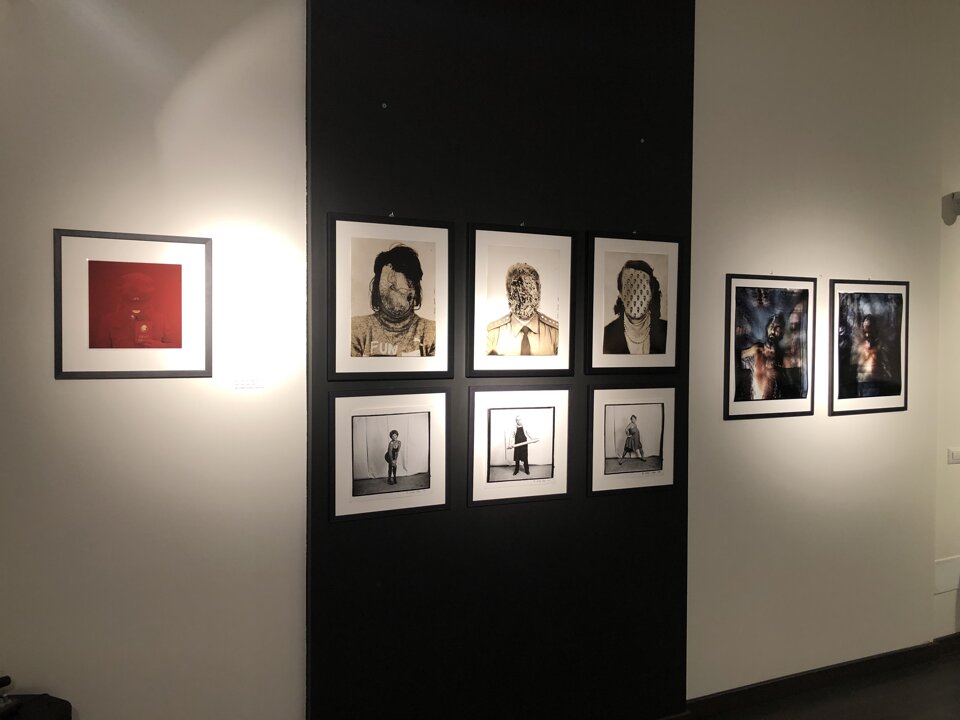

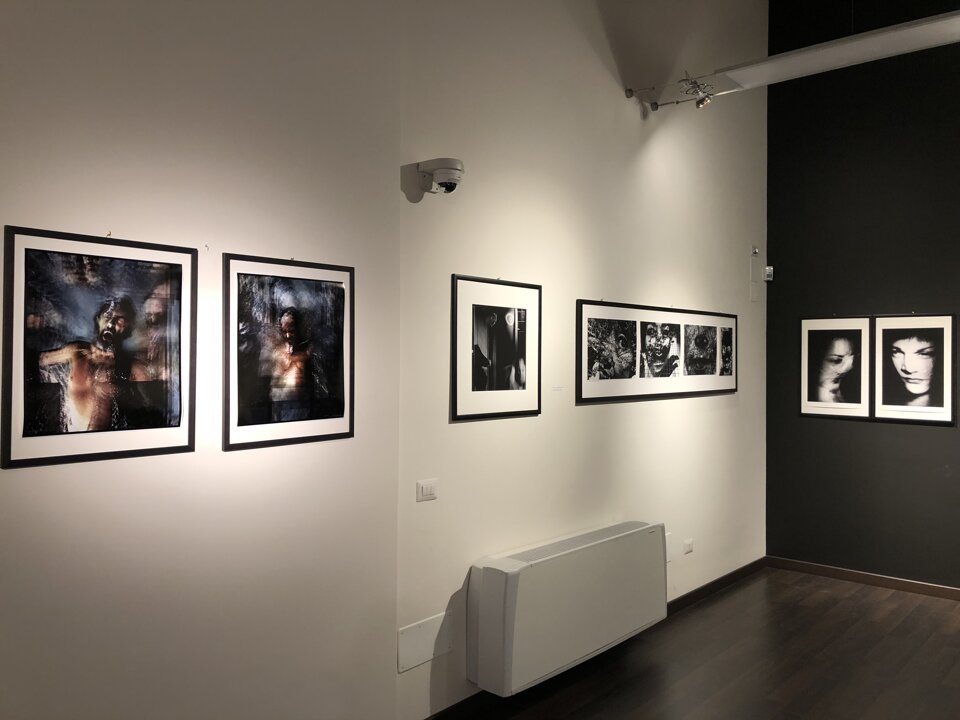
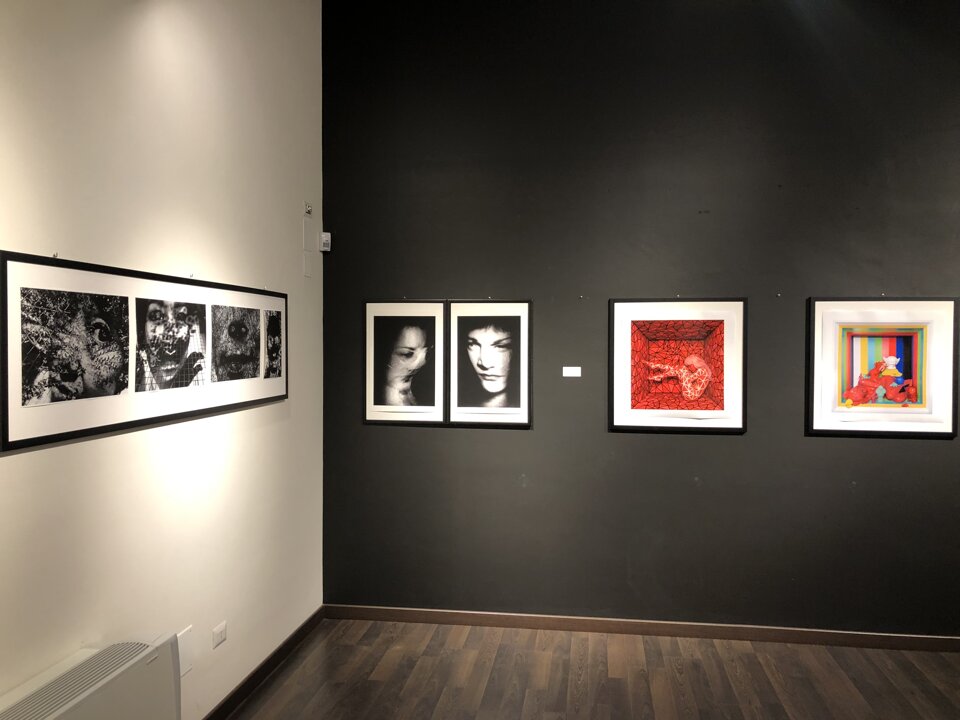
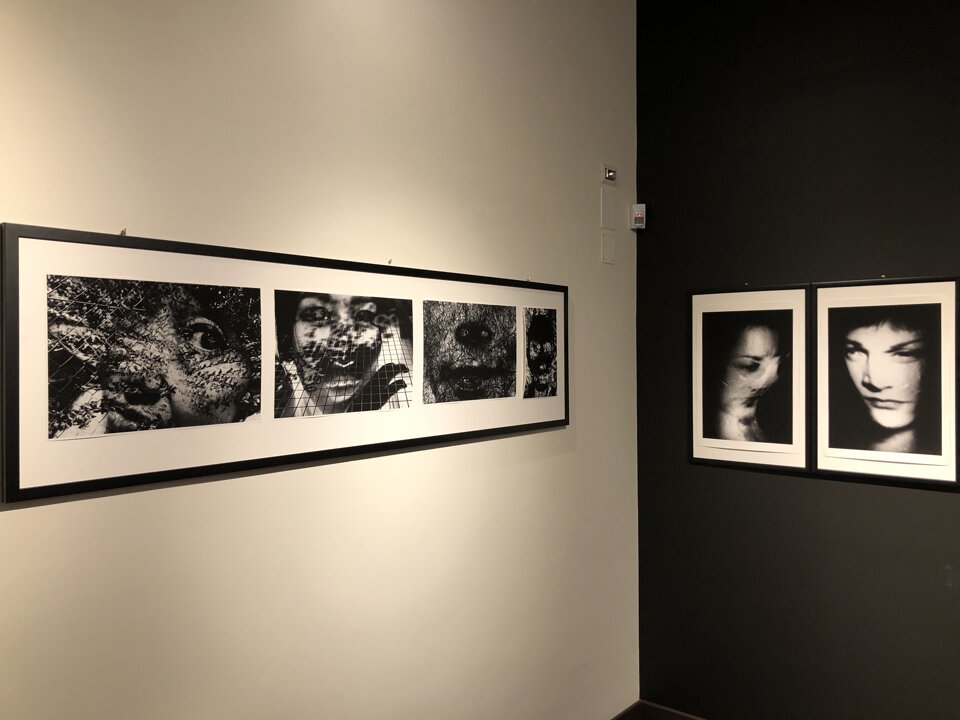
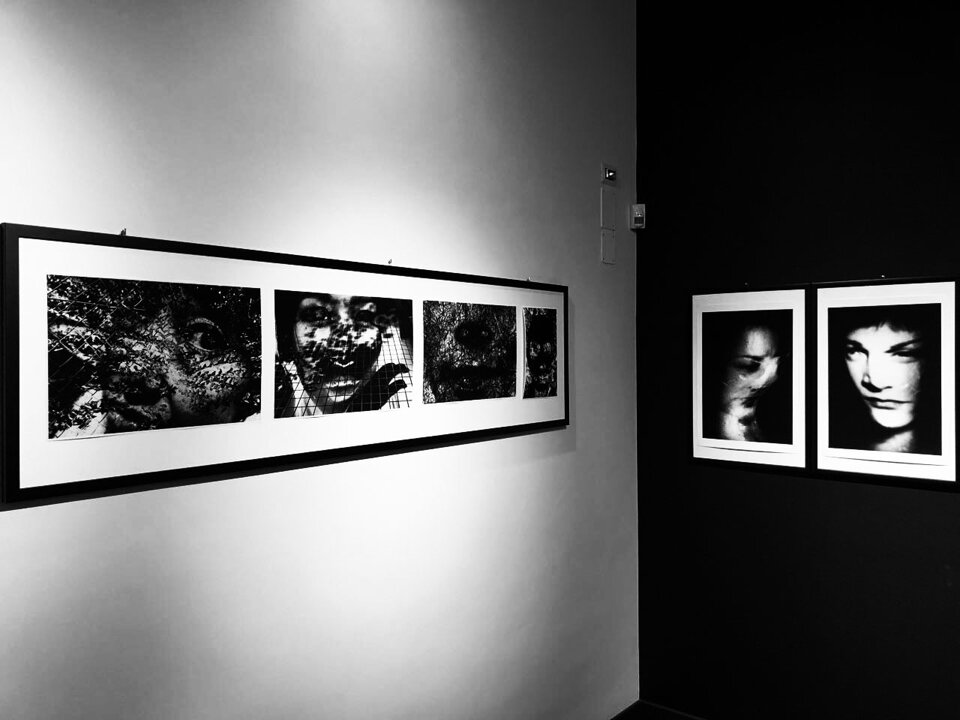
Installation and opening postcards
Mostra Patrocinata e supportata dalla Fondazione onlus Uccellini Amurri
STAY VIVID ⚡️
INTERNATIONAL ART NETWORKING
AIRR © Lorenzo Di Loreto Uccellini 2018

